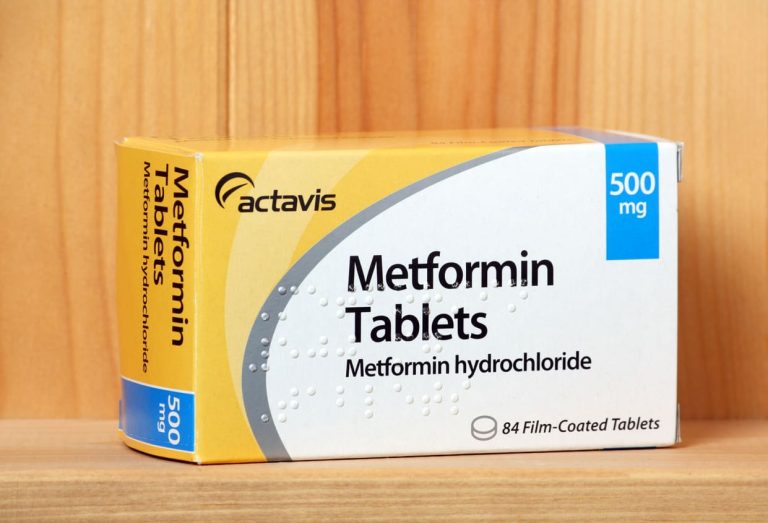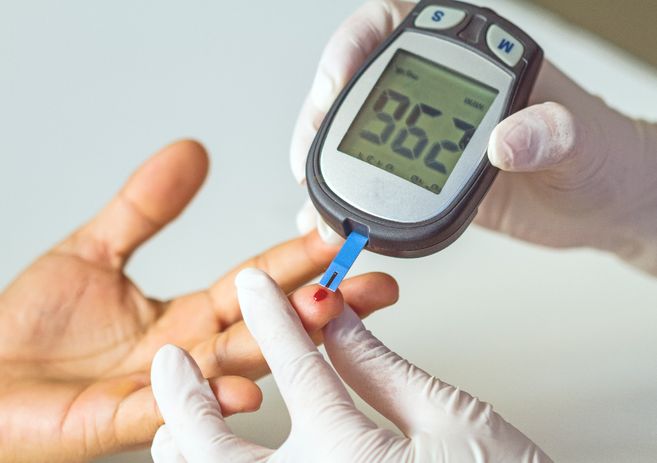Trajectory predicts development of severe microangiopathy
Early increase in HbA1c trajectory predicts development of severe microangiopathy in patients with type 1 diabetes.
The HbA1c trajectory study from the time of diagnosis to examine if patients at the greatest risk for severe microangiopathy can be identified early allowing clinicians to intervene as soon as possible to avoid complications.
Research design and methods
In a population-based observational study, 447 patients diagnosed with type 1 diabetes before 35 years of age, 1983–1987, were followed from diagnosis until 2019. Mean HbA1c was calculated each year for each patient. Severe diabetic microangiopathy was defined as proliferative diabetic retinopathy (PDR) or macroalbuminuria (nephropathy).
Results
After 32 years, 27% had developed PDR and 8% macroalbuminuria. Patients with weighted HbA1c (wHbA1c); <57 mmol/mol; <7.4% did not develop PDR or macroalbuminuria. The HbA1c trajectories for patients developing PDR and macroalbuminuria follow separate courses early on and stay separated for 32 years during the follow-up. Patients without severe complications show an initial dip, after which HbA1c slowly increases.
HbA1c in patients with severe complications directly rises to a high level within a few years. Mean HbA1c calculated for the period 5–8 years after diabetes onset strongly predicts the development of severe complications. Females with childhood-onset diabetes exhibit a high peak in HbA1c during adolescence associated with higher wHbA1c and higher prevalence of PDR.
Conclusions
The HbA1c trajectory from diabetes onset shows that mean HbA1c for the period 5–8 years after diagnosis strongly predicts severe microangiopathy. Females with childhood-onset diabetes exhibit a high peak in HbA1c during adolescence associated with higher wHbA1c and a higher prevalence of PDR.







Самые свежие новости модного мира.
Исчерпывающие эвенты всемирных подуимов.
Модные дома, лейблы, haute couture.
Самое лучшее место для стильныех хайпбистов.
https://modastars.ru/
Самые свежие новинки индустрии.
Абсолютно все события мировых подуимов.
Модные дома, торговые марки, высокая мода.
Самое лучшее место для трендовых хайпбистов.
https://lecoupon.ru/
Стильные советы по подбору модных образов на любой день.
Заметки стилистов, события, все дропы и шоу.
https://mvmedia.ru/novosti/123-10-interesnyh-faktov-o-vetements-brend-kotoryy-izmenil-mir-mody/